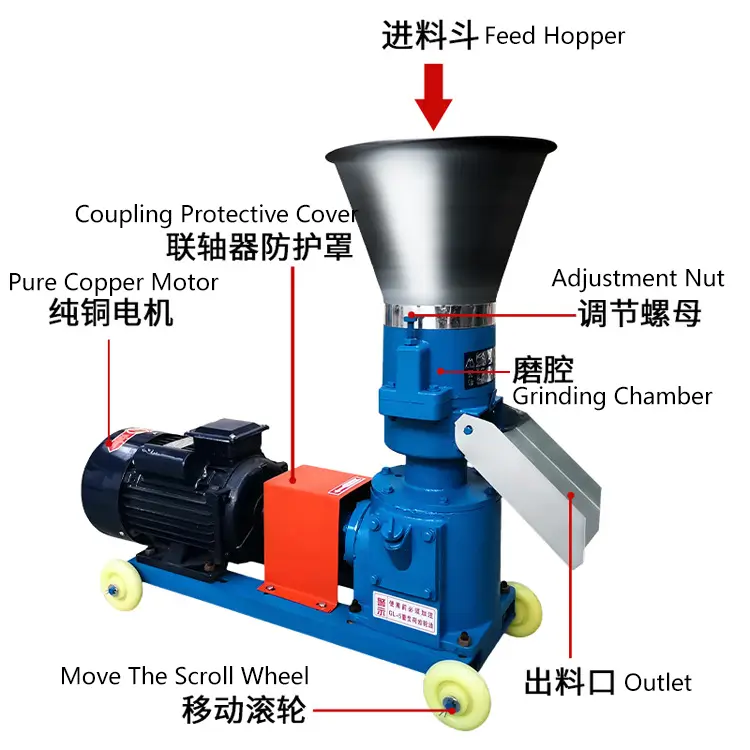
In today’s livestock and poultry farming industry, feed quality and production efficiency play a crucial role in animal health, growth rate, and overall farm profitability. But many feed producers—especially small to medium-sized farms and feed mills—are facing serious challenges:
❌ Inconsistent feed quality
❌ High feed costs and material waste
❌ Low efficiency in manual or semi-automatic feed processing
❌ Poor digestibility due to powdery, unprocessed feed
❌ Difficulty meeting different animal dietary needs
So, how can these issues be addressed efficiently and affordably?
The answer lies in a feed pellet machine —a compact, high-efficiency solution designed to transform powdered raw materials into uniform, digestible, and transportable feed pellets. What Exactly Is a Feed Pellet Machine?
The feed pellet machine, also known as a feed pelletizer, is a mechanical device that compresses and shapes feed powder into cylindrical pellets using heat and pressure. The process not only increases the nutritional value and palatability of animal feed, but also makes it easier to store, transport, and handle.
Whether you’re producing feed for chickens, pigs, cattle, fish, or sheep, a pelletizing machine can significantly improve your production quality and consistency.
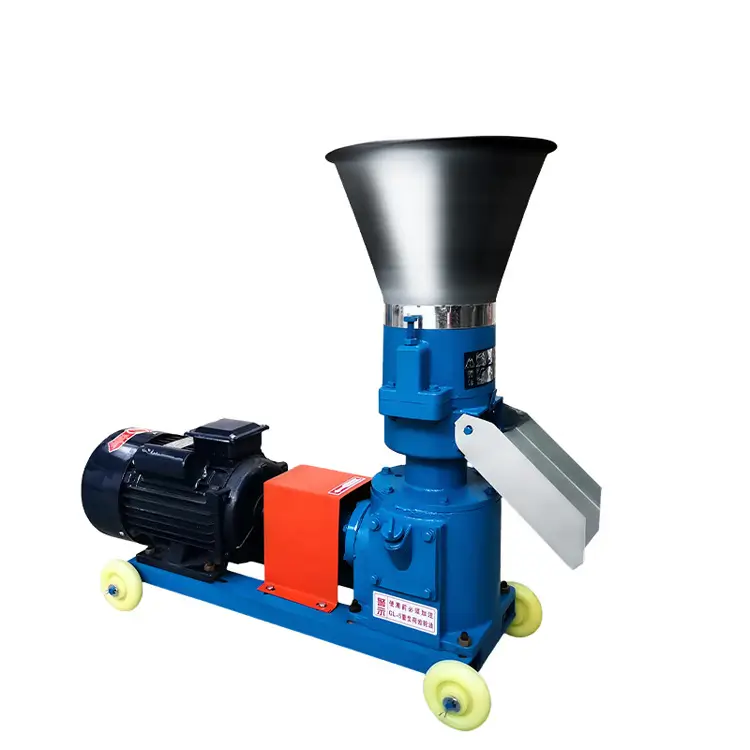
What Problems Does the Feed Pellet Machine Solve?
1. Inconsistent Feed Quality
Many farms still rely on loose feed, which is difficult to mix evenly and often leads to nutritional imbalances. Pellet machines ensure uniform mixing and consistent pellet shape, so animals receive the right amount of nutrients in every bite.
2. Low Digestibility and High Waste
Loose powders are often rejected or spilled by animals. Pellets reduce waste by up to 30% and improve digestibility, as the pelletizing process breaks down anti-nutritional factors and improves starch gelatinization.
3. High Cost of Commercial Feed
Buying pre-made feed is expensive. With a feed pellet machine, farms can use their own raw materials (corn, wheat bran, soybean meal, etc.) and reduce long-term costs while maintaining control over feed formula.
4. Labor-Intensive Processes
Manual feed production is slow and tiring. A fully automatic or semi-automatic pellet machine reduces labor dependency, enabling one person to manage the process efficiently.
5. Storage and Transportation Issues
Pellets are more compact, less dusty, and easier to store or transport over long distances, especially in humid regions.
Why Choose Luning Machinery’s Feed Pellet Machine?
Key Features:
Compact design, easy to operate
Stainless steel contact parts for hygiene
Adjustable die sizes for different animal species
Optional conveyor, mixer, and cooling system
Low energy consumption and high durability
Whether you're feeding 50 chickens or managing a 500-head cattle farm, we offer machines suited to small-scale and industrial-level feed production.
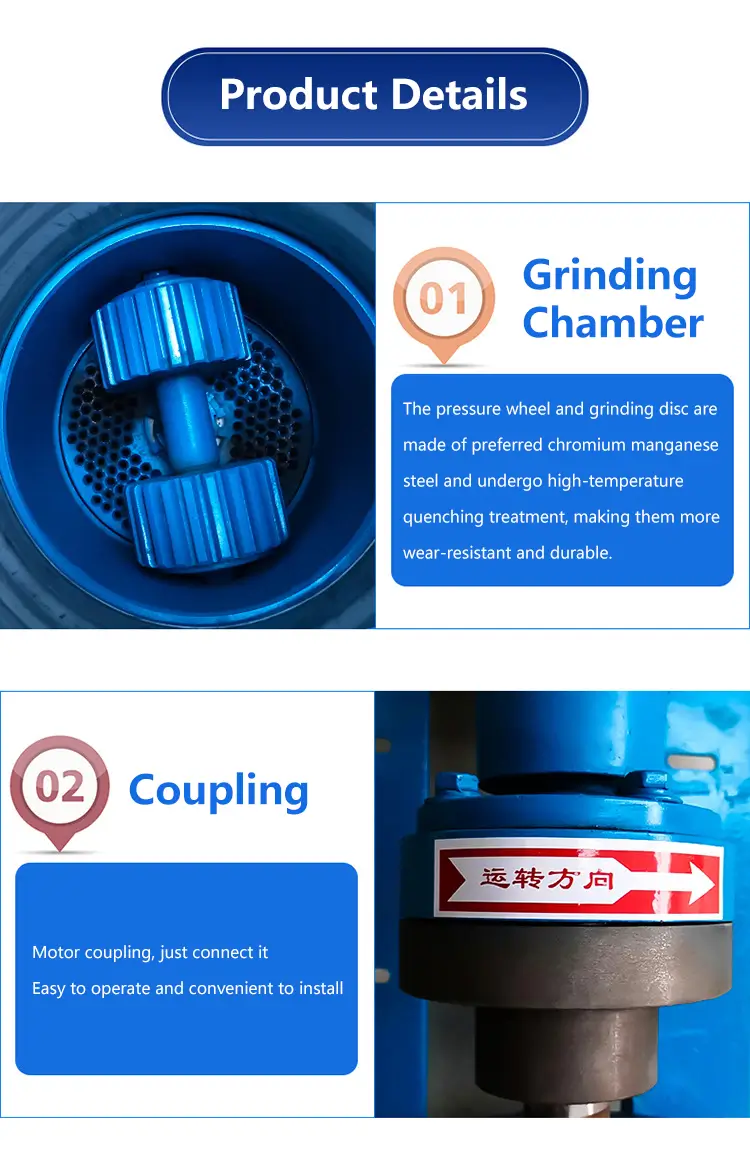
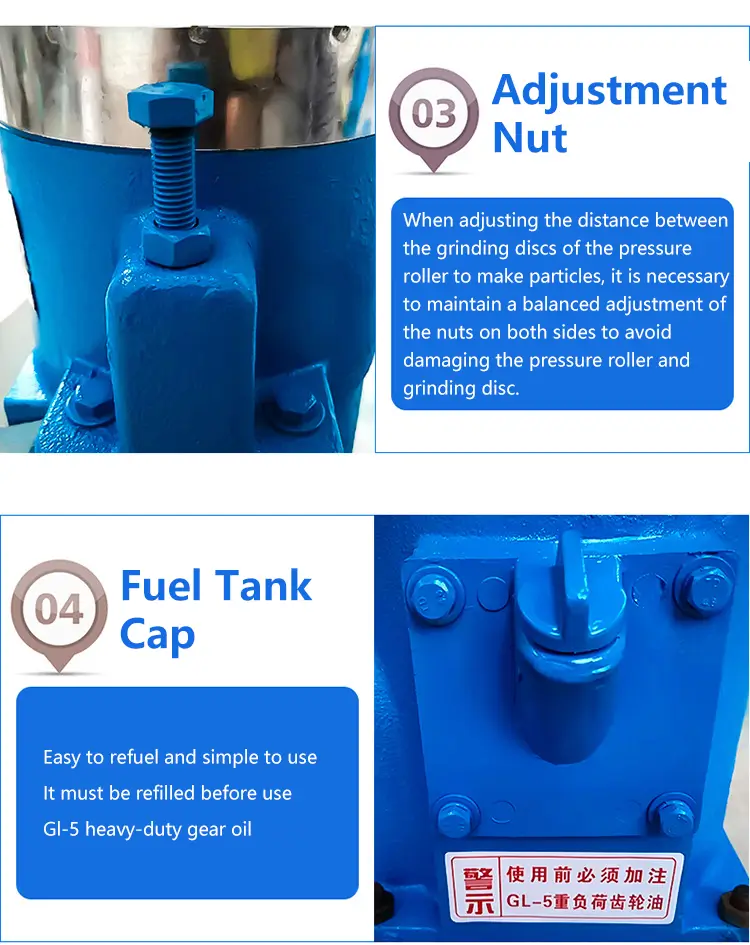
Ideal for Various Applications
Poultry feed (chicken, duck, quail)
Livestock feed (pig, cow, sheep)
Aquatic feed (fish, shrimp)
Pet food pellets
Organic fertilizer pellets (with different mold)

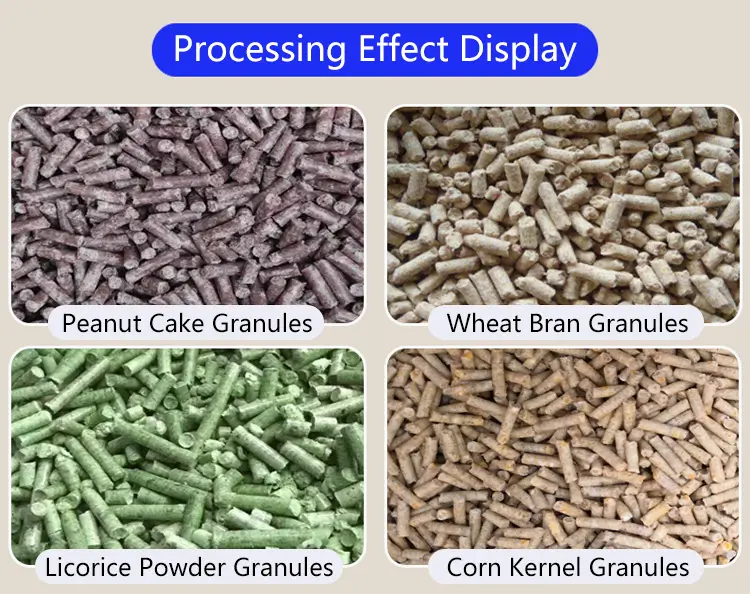
Ready to Solve Your Feed Production Problems?
If you’re struggling with feed quality, waste, or high costs, it's time to upgrade your system. A feed pellet machine from Luning Machinery gives you the tools to take control of your feed process, reduce costs, and improve livestock performance.





